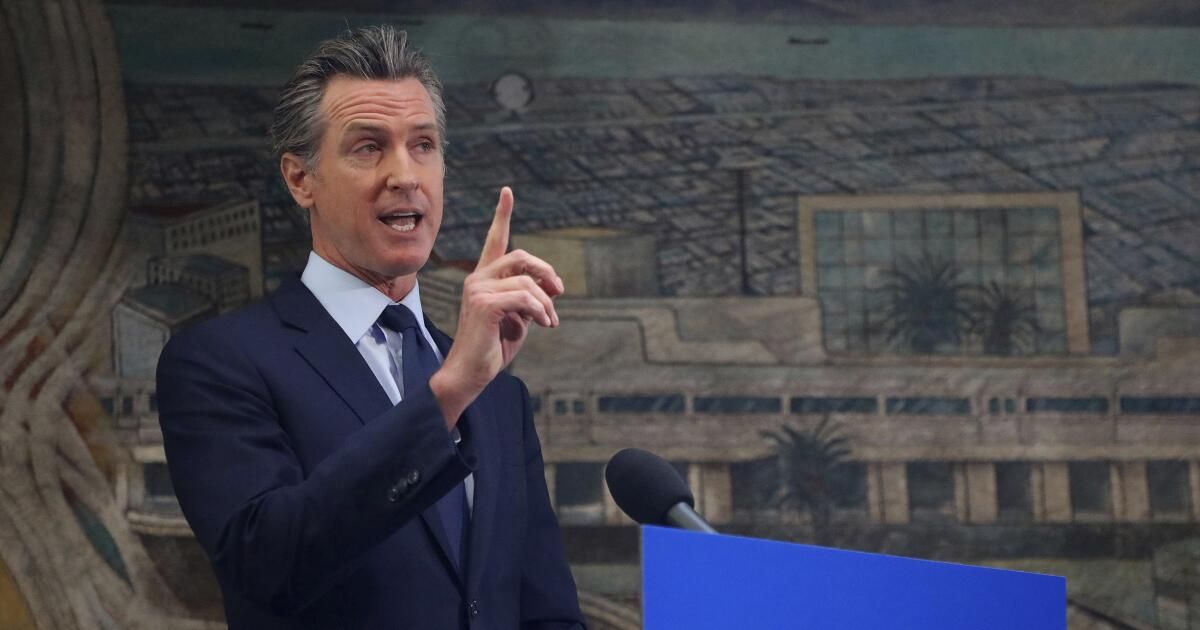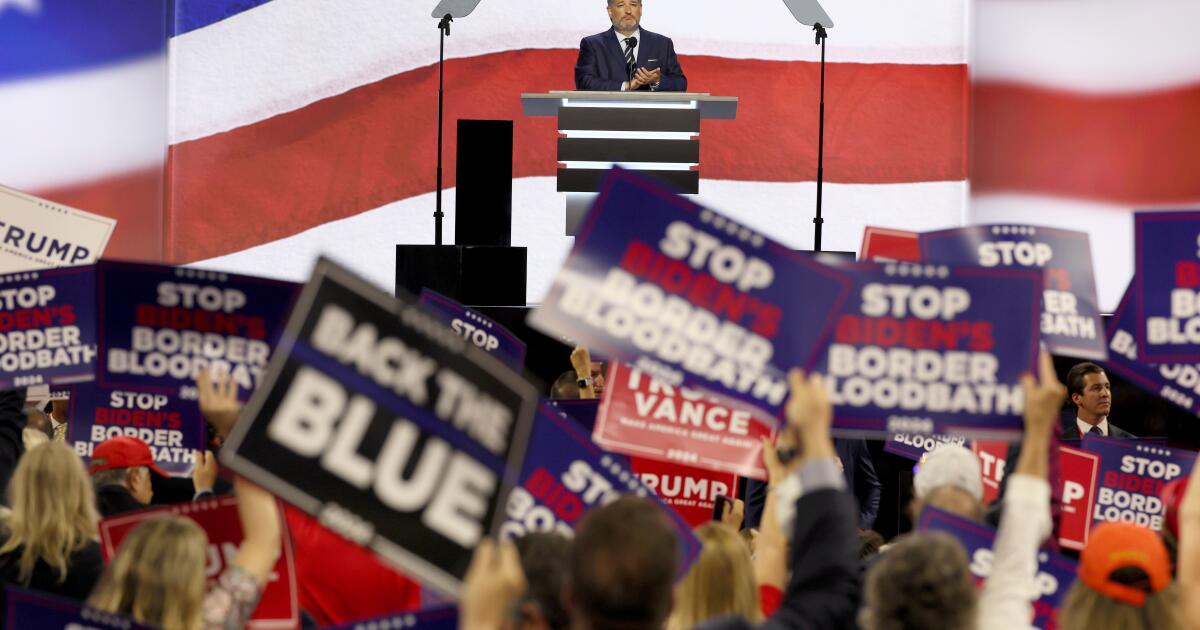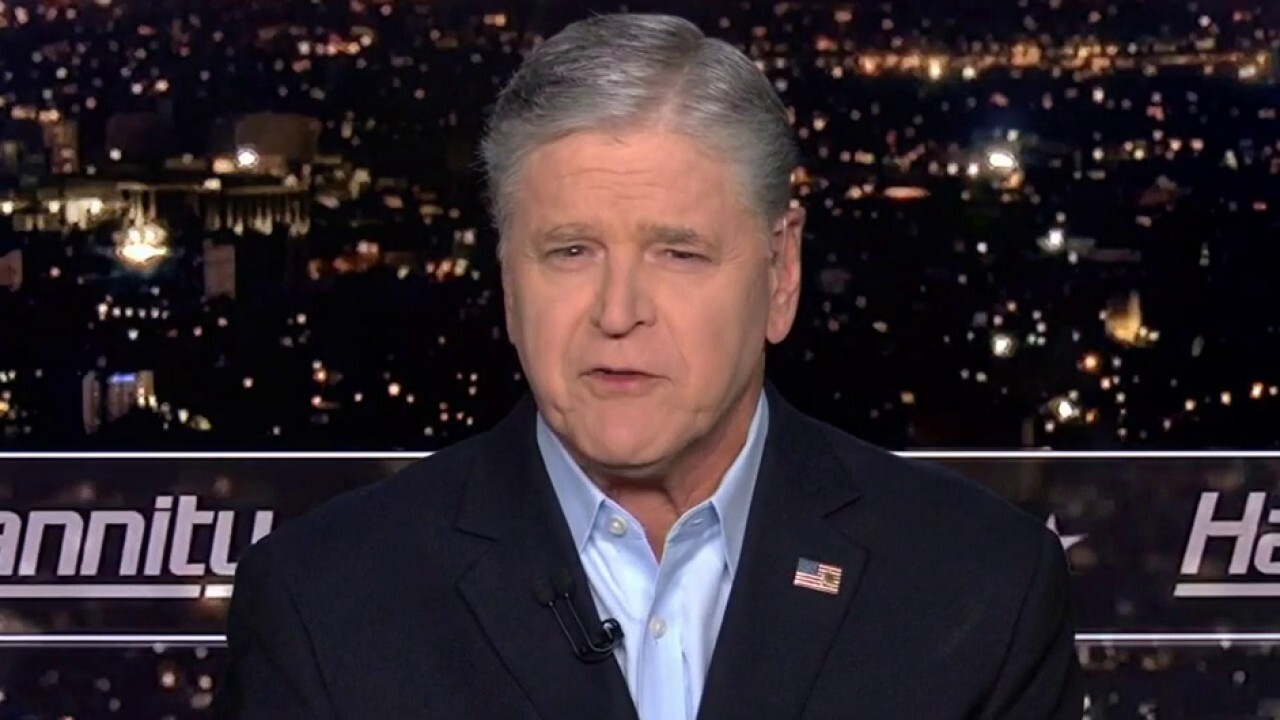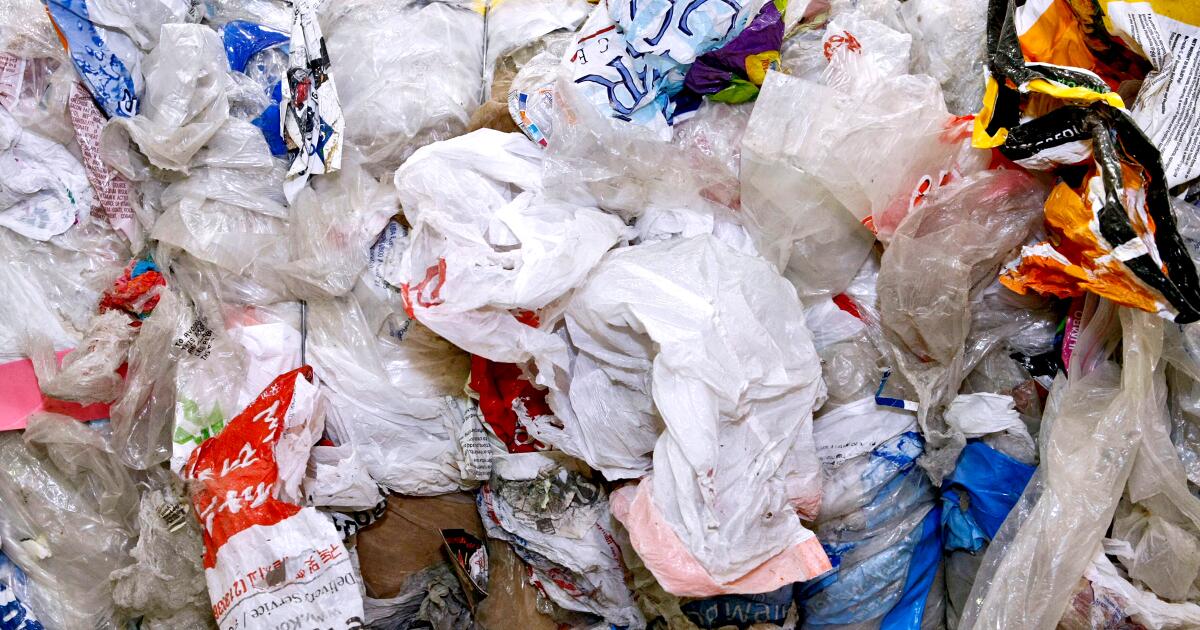It's budget season in Sacramento and there are bound to be mistakes. Gov. Gavin Newsom and Democratic lawmakers are now paying for a big mistake two years ago.
They improvised what was called a post-pandemic middle class tax refund. In truth, low-income people fared much better than the middle class. And it wasn't a refund at all. It was a direct donation of cash from the general fund.
The bill was $9.5 billion. And wouldn't Sacramento politicians want that money now that they face a projected $45 billion budget deficit! If it were currently hidden on a reservation, they could avoid many cuts to some good state programs used by Californians.
But in 2022, budget experts were projecting a surplus of $100 billion. And it was an election year. Newsom was running for a second term after surviving a recall attempt the previous year. Most lawmakers were also running for re-election.
So it seemed like a great idea to throw almost $10 billion out the Capitol window to people who didn't really care whether they got any of it or not.
And everything was confusing, even a little suspicious. The state should have simply sent checks, as it does with income tax overpayments. Instead, it offered recipients the option to sign up to receive direct deposit into their bank accounts. Or they could receive a prepaid debit card from a private contractor. To many, the card seemed like an invitation or a scam. Many cards were thrown.
Evidence of the flawed cash distribution system was recently reported by the Times' Jon Healey, who wrote that 624,000 Californians had yet to touch free cash. They had not activated their cards.
Grants ranged from $200 for individuals to $1,050 for couples, depending on their income. Individuals earning up to $250,000 and couples earning up to $500,000 received something.
I received $200 that I didn't need at all. Friends who earned much more were also sent cards, and they felt a little embarrassed about it.
I would have preferred the state to spend its windfall on necessary infrastructure, such as water facilities, wildfire prevention, alternative energy, and homeless shelters. Or at least saved it in a savings account.
Now, both the governor and the Legislature are proposing an increase in the required savings. Good idea. But not this year of red numbers.
The state budget has become like California's weather: a few years of excess rainfall followed by periods of severe drought.
On Capitol Hill there are moments of fiscal boom and bust. It is compounded by the fact that the state relies too heavily on the volatile capital gains of the rich. Politicians have not mustered the courage to solve the problem by updating the tax system. But that's an old song of mine.
Right now, Newsom and legislative leaders are fighting behind closed doors to agree on a budget that must be balanced. At least on paper. They are working on a revised $288 billion proposal that the governor sent to the Legislature last month.
The deadline for legislative approval of a budget is June 15. If lawmakers go further, they will lose their salaries and spending money. As of this writing, they are far from having reached a final agreement with the governor.
Therefore, what is approved before the deadline is likely to be a budget in name only: an empty spending plan lacking important details.
The details will presumably appear in dozens of so-called “final bills” that will be passed quickly without much opportunity for public scrutiny before the budget takes effect on July 1.
That is not the preferred good government way of doing legislative business if transparency is what matters. But that's how the Legislature operates.
A Democratic-dominated Legislature that loves spending and hates cuts must make tough decisions.
Here are two important questions, as reported by Times budget writer Taryn Luna:
Higher rates for Medi-Cal providers:
The governor and Legislature agreed last year to increase reimbursement rates for doctors and other Medi-Cal health care providers for the poor. Now Newsom wants to remove $6.7 billion earmarked for rate hikes over several years.
Bad idea. For years, many doctors have turned away Medi-Cal patients, claiming they lose money with paltry reimbursements. At the same time, Sacramento continues to expand the list of people eligible for Medi-Cal. In fact, the state plans to spend $3.2 billion over the next fiscal year expanding Medi-Cal to undocumented immigrants ages 26 to 49.
Expanding care is meaningless if doctors refuse to treat people.
Increase in minimum wage for health workers:
Newsom signed a bill last year to increase the minimum hourly wage for health care workers to $25, effective immediately. But the governor stressed to labor negotiators that there was “no way” he would allow the increase to take effect if the state faced a huge deficit.
So the governor removed $2 billion for the increase from his May budget review. Angry Democratic lawmakers are siding with their sponsoring unions by claiming Newsom exaggerated the cost. And they demand at least 100 million dollars.
OK. Maybe 100 million dollars. Definitely not 2 billion dollars.
There are many more budget disagreements, such as over homeless housing, post-homeless furlough street cleaning, tax credits for businesses, and prison closures.
One mistake politicians hope to avoid is simply kicking the can down the road: enacting a “balanced” budget primarily with accounting tricks. That would surely generate even more red ink to absorb next year.












